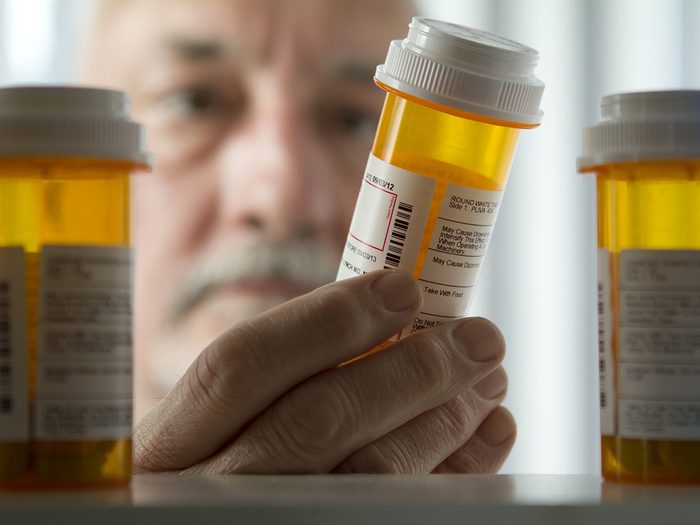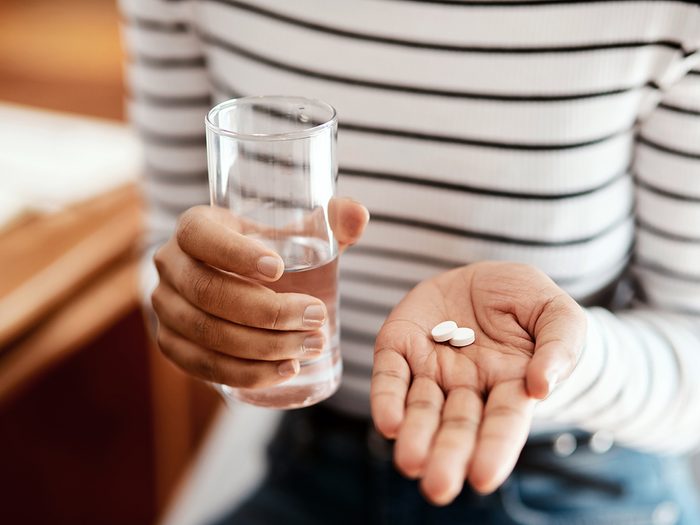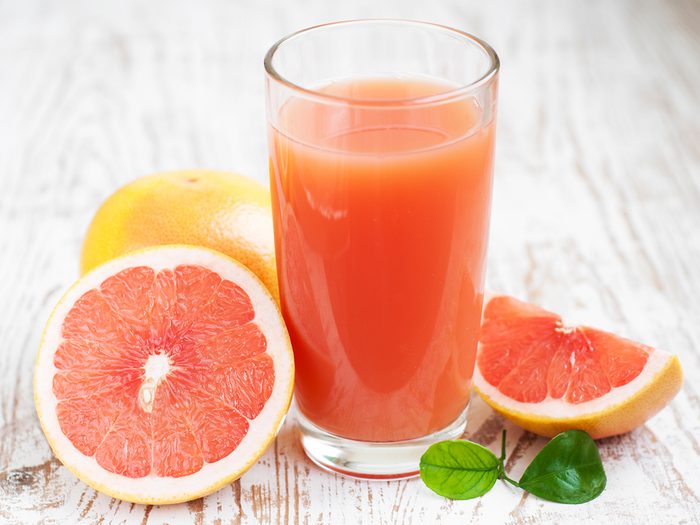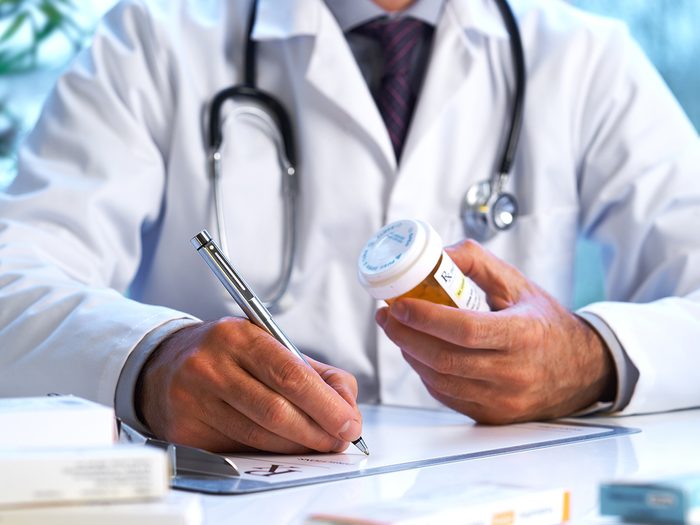
“I have X medical condition. Is this new prescription still safe for me?”
Allergies and diabetes are among the conditions that don’t jibe well with certain drugs. If possible, always use the same pharmacy, advises Kathy Vu, of Cancer Care Ontario, so the pharmacist can track your prescriptions and flag any potentially dangerous interactions.

“The information leaflet that came with my new prescription mentioned a scary side effect. How great is the risk?”
Although it’s essential to know which side effects to expect, reading drug information leaflets can make patients more anxious about their prescriptions and less likely to take them faithfully. Keep in mind: some listed reactions are very rare, affecting fewer than one in 10,000 people.
Put your knowledge of health terminology to the test with our medical trivia quiz.

“Are there foods to avoid while taking this new prescription?”
Certain foods affect how your body breaks down and absorbs a drug, and this can lead to exaggerated or reduced effects, says Vu. Problematic food-drug combos include chocolate and MAO inhibitors (used to treat depression), and grapefruit juice and certain blood pressure prescriptions.
Find out which prescription drugs and supplements you should never mix.

“What dose should I take?”
Health professionals are only human, and errors happen. In 2015, the Institute for Safe Medicine Practices Canada reported that a baby was given five times the intended amount of a seizure medication after someone at the pharmacy misread the prescription. (The child recovered.) It never hurts to ask your doctor and pharmacist to double-check the dosage.
Next, check out the medication mistakes that could make you sick.